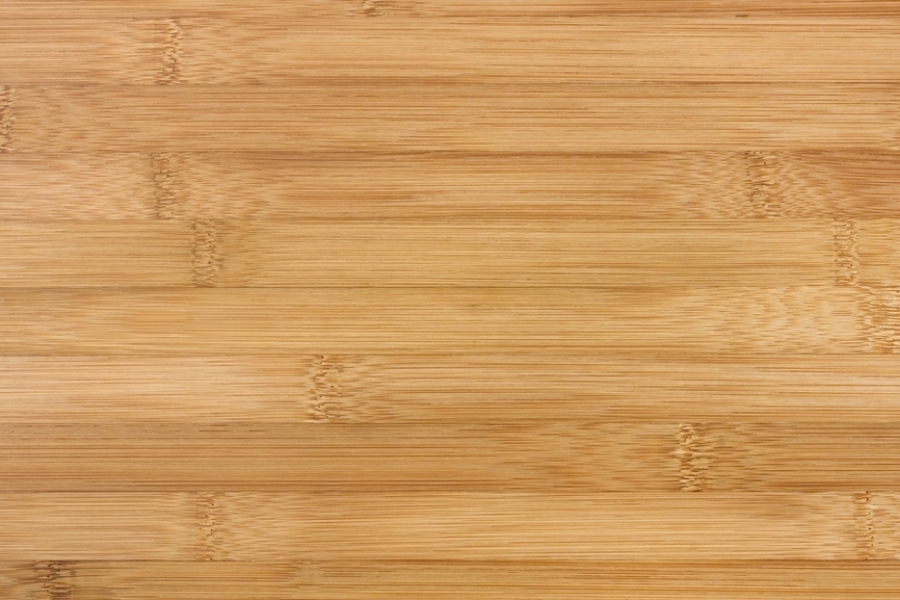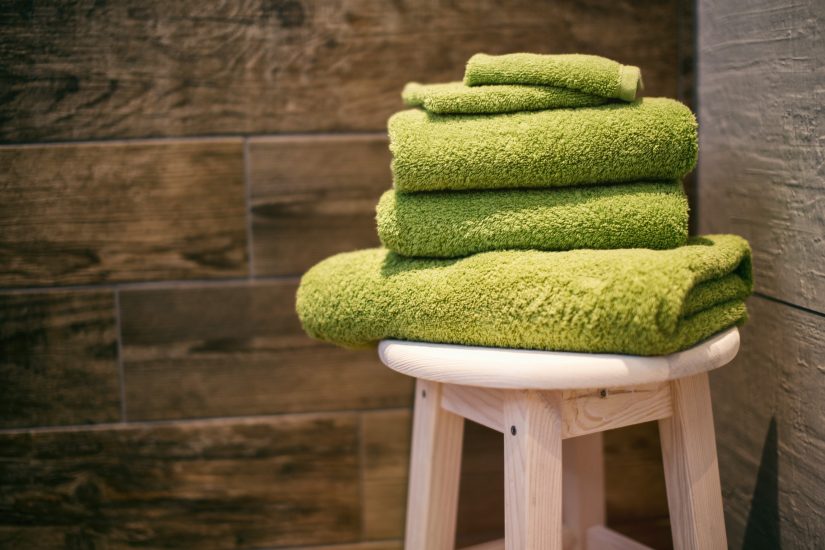Bamboo is a brilliant, eco-friendly flooring material that has beautiful natural characteristics and texture. It makes for a great alternative to hardwood floors and, depending how it is manufactured, can rank similarly on the Janka Hardness Test. Many homeowners are interested in how to install bamboo flooring because it can be done on top of existing wood or concrete floors, making it a much easier DIY than other kitchen renovations. Interested in installing bamboo flooring in your kitchen or home? We’ve got your step-by-step guide here, courtesy of TheRTAStore.
Step 1: Choose your material.
There are a few types of bamboo flooring: strand-woven, engineered and solid. They each vary in look, and the strand-woven and solid varieties tend to be more durable than engineered bamboo flooring. Again, the manufacturing plays the biggest role, so regardless of the type compare their hardness if durability is a concern.
Step 2: Let the flooring adjust to its new climate.
With bamboo flooring, it’s recommended that you lay it out in the room a few days prior to installing so that it can acclimate. Temperature and humidity levels can affect the flooring, especially if you live somewhere particularly dry like Arizona or excessively humid like Florida. Allow two to four days before installing so that if the flooring is going to shrink or expand, it will do so before you start your project.
Step 3: Determine how the bamboo flooring will be installed.
How you install bamboo flooring depends on what is going to be underneath it. If you are installing over cement, gluing will be the best option. For those working on top of wood, securing with a nail gun will be the best and easiest choice.
Step 4: Install flooring.
If you’re gluing the flooring down to concrete, use a trowel and moisture-resistant flooring adhesive, and work in small sections. Make sure you are fully connecting each board before you move to the next and check occasionally to make sure the flooring is aligned. Keep a damp towel on hand to wipe away any excess adhesive.
When nailing bamboo flooring on top of wood, you’ll need a nail gun approved for hardwood and a nail application chart. Another option with wood is doing a floating installation. If you prefer this method, you’ll require polyethylene underlay film, PVAC glue and tape.
Whichever method you choose, here are a few tips to ensure your installation is the best possible:
- Make sure your subfloor is clean, dry and structurally sound before installing your new flooring on top.
- Lay out your flooring before installing so that you can arrange it to your liking and optimize the placing of unique characteristic and coloring found in the wood.
- Always start each row at the same side of the room.
Installing kitchen cabinets or countertops after your flooring is fine, as long as there is no plumbing involved. But any renovations that may include water should be done before bamboo flooring enters the picture.




